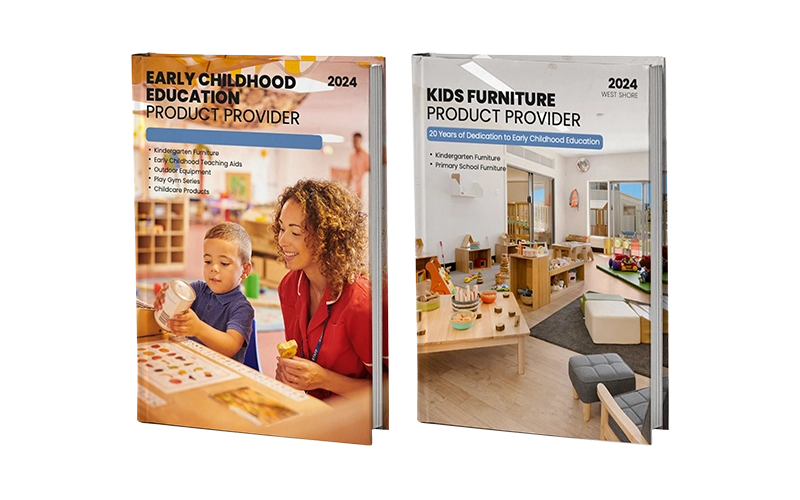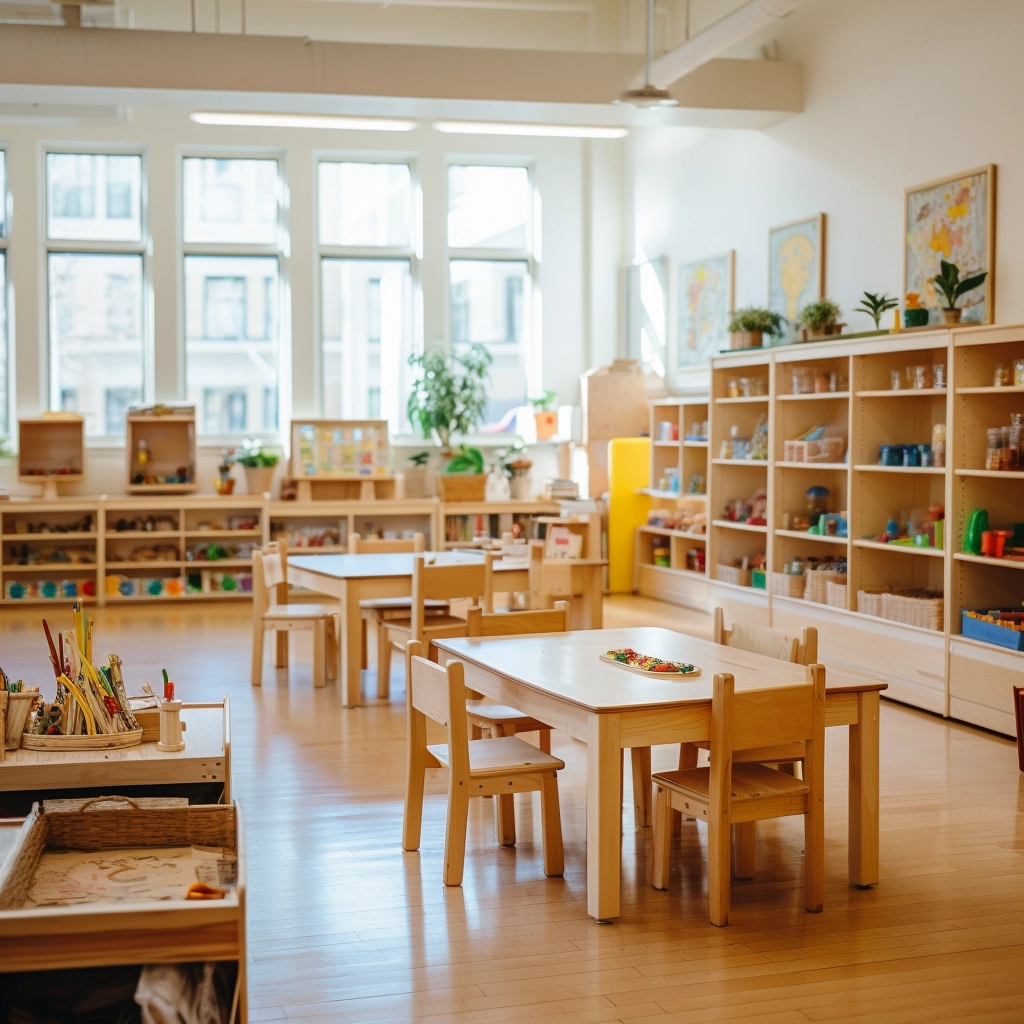Introduction
Designing an effective learning environment for young children is crucial for fostering their development and engagement. A well-planned space enhances educational experiences and encourages creativity, social interaction, and emotional growth. This article explores innovative strategies for crafting dynamic classrooms that cater to the diverse needs of preschoolers.
Key Considerations for Effective Learning Spaces
When developing a classroom for early childhood education, several essential factors should be taken into account to create a nurturing and stimulating atmosphere:
- Sound Management: Evaluate the acoustic properties of different areas. Activities such as group play or music can generate significant noise, so it’s important to balance these with quieter zones for focused tasks.
- Engagement Zones: Identify which areas attract the most interest from children. Ensure these spaces are well-equipped and organized to accommodate their preferences and needs.
- Variety of Play Styles: Design areas that support different types of play, including cooperative, parallel, and solitary activities, allowing children to choose how they engage with their peers.
Innovative Classroom Layouts
The arrangement of a learning environment significantly influences interaction and engagement. Below are some effective layout options to consider:
| Layout Type | Description | Benefits |
|---|---|---|
| Center-Based Layout | Organizes the classroom into distinct areas for specific activities, such as art, reading, and block play. | Encourages autonomy and exploration, allowing children to pursue their interests at their own pace. |
| Flexible Open Layout | Features a spacious design with movable furniture to adapt to various activities and group sizes. | Promotes collaboration and movement, making it easy to transition between different types of learning experiences. |
| Zone-Based Layout | Divides the classroom into zones focused on different developmental areas, such as sensory, cognitive, and social skills. | Supports targeted learning and helps children develop specific competencies in a structured manner. |
Creating Inviting Spaces
Each area of the classroom should be designed to invite exploration and creativity. Here are some strategies to enhance the appeal of your learning environment:
- Incorporate vibrant colors and engaging visuals to capture children’s attention and stimulate their imagination.
- Ensure that materials are easily accessible and organized, promoting independence and responsibility among children.
- Provide comfortable seating options for quiet activities, such as reading or reflection, to encourage relaxation and focus.
Class Size and Teacher-Child Ratios
Maintaining an appropriate class size is essential for effective teaching and individualized attention. Ideally, early childhood classes should have no more than 18 children, with a recommended teacher-child ratio of 1:9. This structure allows educators to provide the necessary support and guidance for each child’s unique learning journey.
Essential Features of a Preschool Learning Environment
To create a truly effective learning space, consider incorporating the following essential features:
| Feature | Description | Benefits |
|---|---|---|
| Natural Light | Maximize the use of windows and skylights to allow natural light into the classroom. | Enhances mood, improves focus, and supports overall well-being. |
| Flexible Furniture | Use lightweight, movable furniture that can be easily rearranged for different activities. | Encourages collaboration and adaptability to various learning styles. |
| Outdoor Learning Areas | Incorporate outdoor spaces for play and learning, such as gardens or playgrounds. | Promotes physical activity, exploration, and connection with nature. |
| Technology Integration | Utilize age-appropriate technology, such as tablets or interactive boards. | Enhances learning through interactive experiences and prepares children for a digital world. |
Pros and Cons of Different Classroom Layouts
Understanding the advantages and disadvantages of various classroom layouts can help educators make informed decisions. Here’s a breakdown:
| Layout Type | Pros | Cons |
|---|---|---|
| Center-Based Layout | Encourages independent exploration; fosters social interaction. | Can become chaotic if not managed properly; requires ample space. |
| Flexible Open Layout | Promotes collaboration; easily adaptable for various activities. | May lack defined spaces, leading to distractions; requires careful planning. |
| Zone-Based Layout | Supports targeted learning; helps children focus on specific skills. | Can limit free exploration; may require more resources to set up. |
Key Considerations for Implementation
When implementing a new classroom design, keep these key points in mind:
- Involve Stakeholders: Engage teachers, parents, and children in the design process to ensure the space meets everyone’s needs.
- Budget Wisely: Plan your budget carefully, considering initial setup costs and ongoing maintenance.
- Evaluate and Adapt: Regularly assess the effectiveness of the classroom layout and make adjustments based on feedback and observations.
Conclusion
Creating an inspiring learning environment for preschoolers is a multifaceted process that requires careful planning and consideration. Educators can foster a space that promotes growth, creativity, and social interaction by focusing on effective layouts, essential features, and unique needs of young learners. Remember, the goal is to create a nurturing atmosphere where children feel safe, engaged, and excited to learn.






